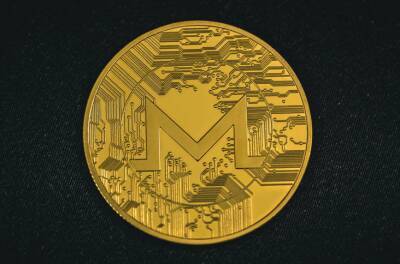Two New ERC Standards Aim to Standardize Tokenized Vaults and Add Refund Option to NFTs
Developers can create new ERC standards that define a required set of functions for a token type - and they did just that. Two recently created ones have each attracted some attention and may find adoption in the future.
Crypto users are probably familiar with numerous ERC standards, the most common of which is ERC-20, a standard for creating fungible tokens that are compatible with the broader Ethereum (ETH) network.
Other popular standards include ERC-721, a standard for creating non-fungible tokens (NFTs), and ERC-1155, a standard that supports the creation of both fungible and non-fungible tokens.
Developers recently created two more standards that grabbed some attention from the community, these being ERC-4626 and ERC-721R.
Crypto vaults are contracts into which users deposit tokens and earn yield in return. Many of such vaults are tokenized. For instance, Aave mints aTokens, Compound (COMP) mints cTokens, and Sushi mints xTokens for the funds deposited in the protocols.
Currently, the issue is that each of these protocols implements its own tokenized vaults since there is no standard interface. The newly proposed Ethereum standard ERC-4626 aims to address this issue.
"Tokenized Vaults have a lack of standardization leading to diverse implementation details," the team behind EIP-4626 said. "Some various examples include lending markets, aggregators, and intrinsically interest bearing tokens."
They added that this makes integration difficult as protocols need to conform to many standards, which
"forces each protocol to implement their own adapters which are error prone and waste development resources."
While it usually takes quite some time for a new ERC standard to gain popularity among decentralized finance (DeFi)
Read more on cryptonews.com














![Cardano [ADA]: HODLers remain ‘euphoric’ but the weighted sentiment signals… - ambcrypto.com - county Ada - city Santiment - city Santimentalso - city Santimentwhat](https://finance-news.co/storage/thumbs_400/img/2022/4/20/22443_kb4c5.jpg)







